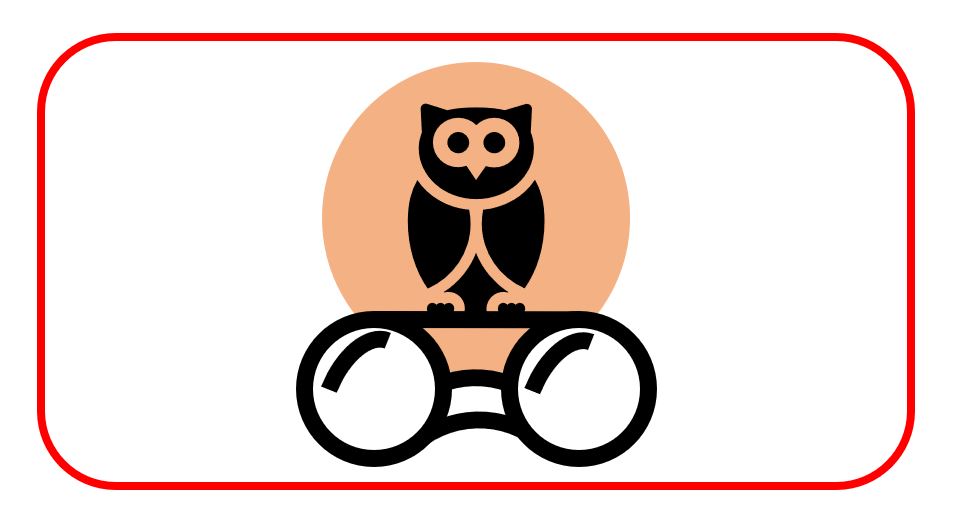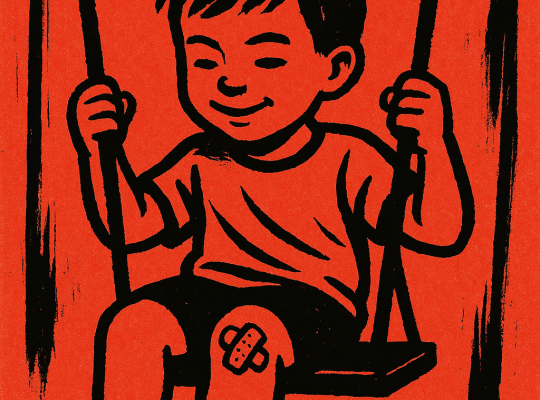Those of you who may know me personally will know that I have quite a few hobbies outside of the World of Tech.
Yes kids – there is a whole world of stuff out there that doesn’t involve a screen!
One of my long standing passions is Bird Watching. Since I was a kid I was interested in nature and growing up in deepest, darkest Somerset meant that it was all around me. I would like to think that I was pretty good at identifying most common garden birds and spotting anything unusual at an early age.
However, years later I was hooked into the world of ‘twitching’ by a friend of mine called Andy. Andy is a top bloke and a true gentlemen who lives in Cumbria and now travels the world in pursuit of that next tick.
Twitching and Bird Watching are two very different things.
Twitching is about bird watching – but it is mostly about lists – ‘Day Lists, Year Lists, Life Lists, Patch Lists’ – you name it – there is a birdwatching list for it. Twitching is less about stopping to watch and more about driving around the country (normally at break-neck speed!) with as much kit as you can carry to spot that elusive ‘lifer’ or to get your Year List higher than last year’s.
Don’t get me wrong – ‘Twitchers’ love birds, nature and protecting the environment and have done – well before it was fashionable but they certainly put in some mileage in pursuit of a good list.
I loved my hikes in Cumbria with Andy looking for rare species and we normally had a great time – which often involved a bacon sarnie and a pint along the way.
However, if we were in ‘twitching mode’ it was less of a treat – which you would understand more if it was Andy’s turn to drive.
I remember once that a bunch of us (twitchers) ended up in the middle of Darlington town centre to ‘tick’ a flock of Waxwings which had been blown in and were huddled in a tree in the park in the town centre. We looked like a cross between Dad’s Army and Ghost Busters with all the kit and camo gear on (I don’t think the locals even blinked an eye) but there they were – about 20 waxwings in a tree.
If you don’t know what a waxwing looks like – Google it.
The most fantastic sight and a joy in the Birding World sitting in Darlington town centre. No less than 2 minutes after ticking these off – the cry went up that there was a rare gull spotted in Hartlepool and that was it. We were off. Personally, I could have stopped all day to watch waxwings in Darlington with a Greggs sausage roll but ticks are ticks in the birding world.
A couple of big turning points in my birding ‘career’ was meeting my lovely wife who loves birds and nature but not at break-neck speed and the fact that when coming back from a birding expedition in Somerset, dressed up in an army surplus parka with matching hat, badges and all the scopes and straps – my younger brother shouted – “Bloody Hell! It’s Bill Oddie!” Although I have the topmost respect for Bill – who is a legend in his own right – it was not a look I was trying to achieve and so the camo had to go (along with my badges).
There were a few badges that I kept (RSPB and BTO for example) as these were important – but sewn on patches of reserves and sites I had visited briefly over the years all disappeared into insignificance.
Now that I am more settled – I have a more leisurely approach to birdwatching and luckily my wife also enjoys the pastime. I am not a twitcher but a watcher. And we are very lucky to have a large garden which attracts many birds of various shapes and sizes with the occasional rare visitor mixed in.
I don’t really care if it’s a House Sparrow or a Golden Eagle – they are all fantastic creatures and are fascinating in their own way.
We often now just sit for ages watching the sparrows flit in and out. We have lots of woodpeckers that visit us and they are amazing. Its amazing how sitting quietly to observe the behaviours, patterns and general traffic at our bird table makes you learn so much more about birds than running around at 500 miles per hour to get a rare tick.
And that got me thinking!
If you sit and watch slowly and quietly over a period of time – you start to build up a knowledge pool of behaviours and patterns. You can extend this knowledge by research and that adds to the insight you get on a day to day basis of watching the bird traffic in and out of the garden.
Occasionally something odd turns up or happens to break the routine of the other birds – it stands out and grabs your attention.
Sometimes there is an alarm (doesn’t matter which bird signals it – they all seem to understand the alarm call) and in swoops the Sparrowhawk. It sometimes strikes and sometimes misses but the birds are always alert.
And sometimes nothing at all happens but the birds still scatter just in case.
We know that they can’t protect themselves 100% of the time from the threat but they want peanuts and seeds so it’s worth the risk.
Sparrowhawks are also amazing birds and we can’t stop them – but we do consider where our feeders are and have hedges and bushes growing to give the smaller birds some top cover for defence. You can learn a lot by watching how a hawk approaches a target and strikes.
So what does watching birds have to do with protecting a network?
Here are some top tips from ‘Bird Watchers’ for the defence of your network.
- Some credentials (badges) that we collect along the way are better than others and the most worthwhile ones are invariably the ones you put the most effort into getting. Wear these with pride, as in the right situation they give you the credibility you deserve.
- Routines breed familiarity and routine monitoring of traffic allows you to spot anomalies and abnormalities – but your experience has to build up over a period of time and can’t be acquired at break-neck speed.
- Hands on experience is greatly enhanced by teaching and learning and this feeds back into your experience and amplifies it.
- Understanding the signatures and types of threats goes a very long way to protecting your assets. However these evolve over time and you can never be totally secure. Know the threats and study them as much as you study your friendlies.
- You can never be 100% secure if you want access to or consume resources but you should always be on your guard and even the best warning and alerting processes sometimes fail.
- You learn from your failures and you get stronger and wiser. Lessons learned is an important part of incident handling.
- Proper siting and control of your assets is essential – and using different controlling methods provides a more robust defence. These include Physical, Technical and Procedural controls. Put some depth in your defence.
- Using an alert system has to be fine-tuned and the signals need to be fully understood. If you have multiple types of sensors in place they should be able to aggregate in order to communicate with each other and create a central reporting and alerting system.
- You can expect false positives with any system but they should still be acted upon with care and caution.
- Keep your nuts off the ground and checking them regularly is good for your health.
I would like to point out on behalf of Bill Oddie’s agent – that Bill had no part in writing this article, nor is he in tune with Defence in Depth strategies for Network and Data Security (as far as I am aware). Bill is a great entertainer, conservationist and bird watching icon.
I would also like to highlight that the quote ‘Bloody Hell! It’s Bill Oddie’ was taken as a term of endearment and was not translated as offensive to Bill in anyway. Once again – thanks to Bill’s agent – who didn’t get it.







